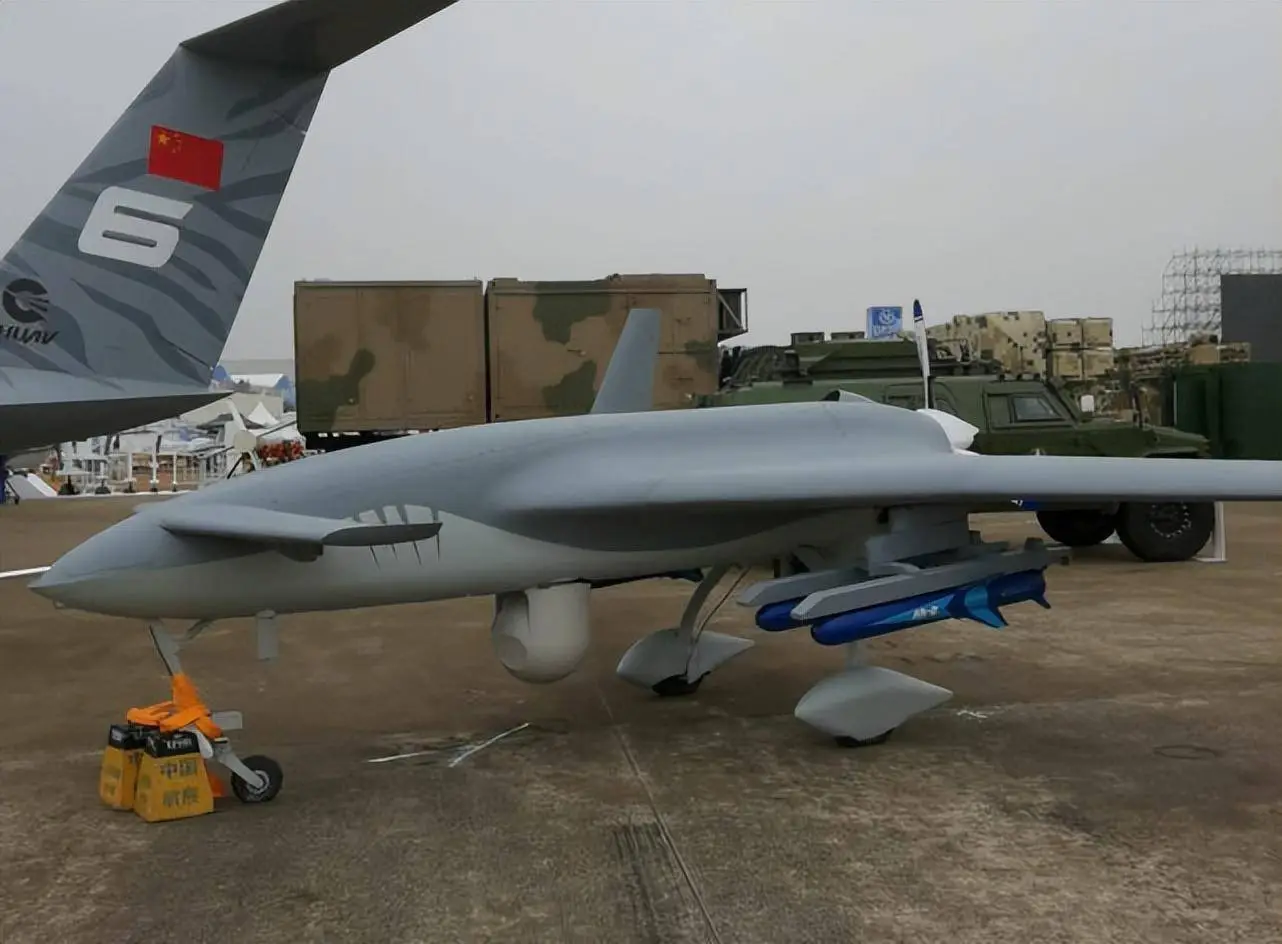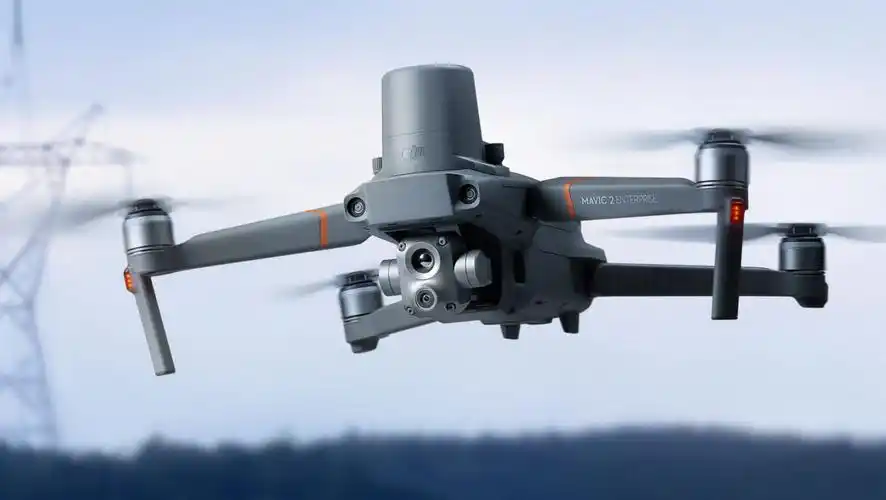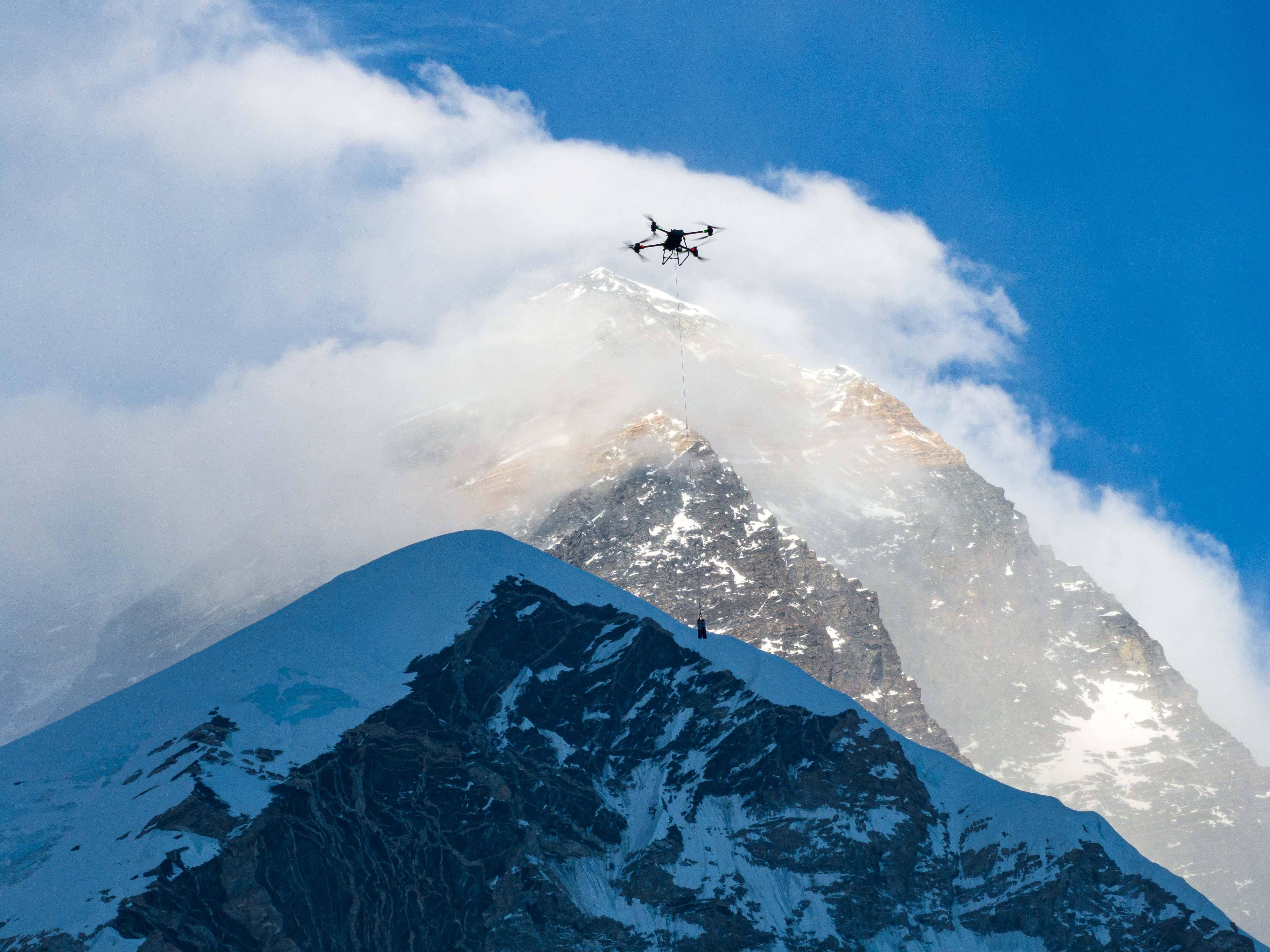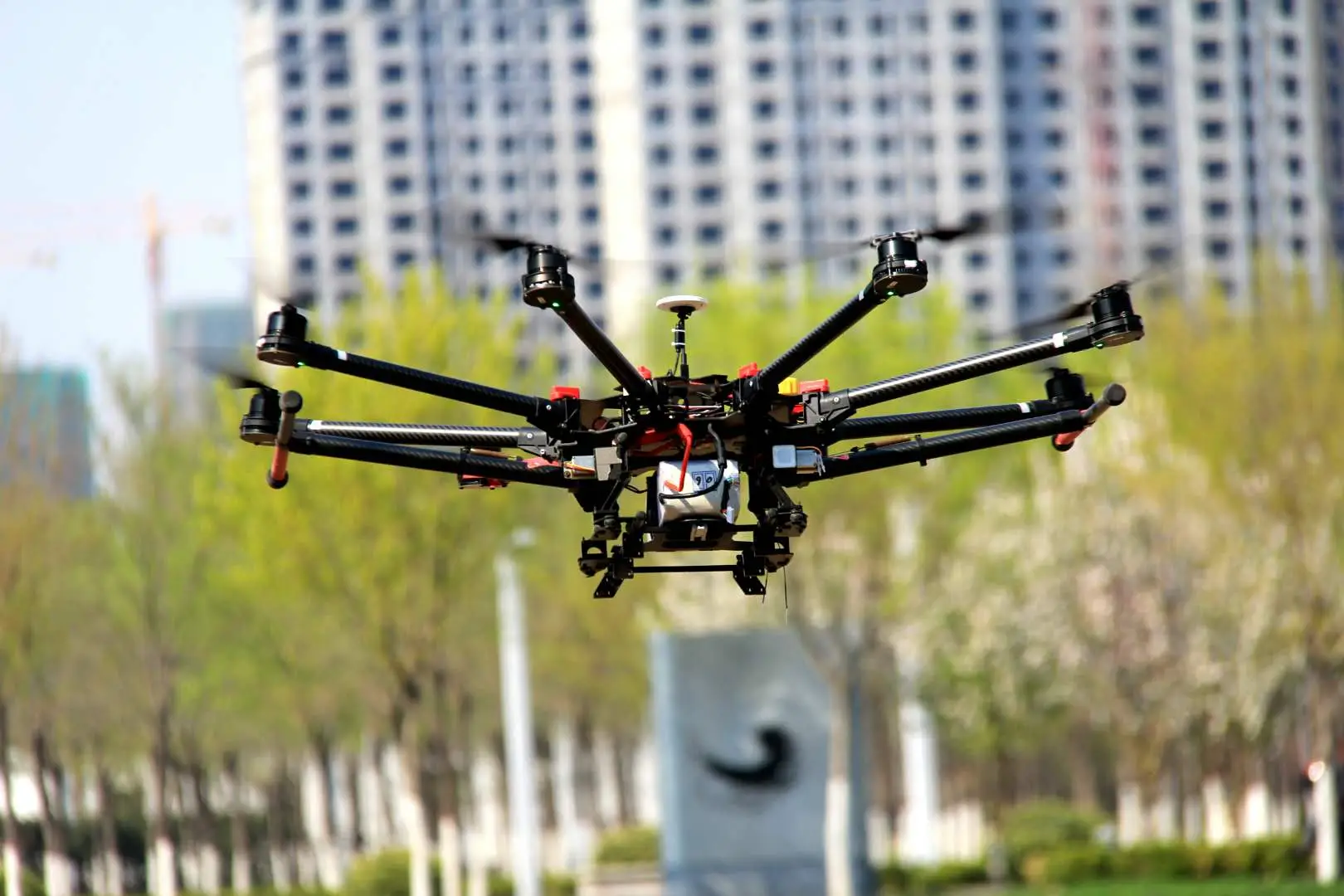The construction of global unmanned aerial vehicle combat forces presents a new trend

According to official sources from Poland, the country's newly established unmanned aerial vehicle (UAV) unit will officially commence operations on January 1, 2025. Coincidentally, Russia recently announced plans to establish an unmanned system unit before the third quarter of this year. The unit is primarily equipped with drones and is an independent new branch of the Russian military.
With the widespread use of drones on the battlefield and their increasing combat effectiveness, many countries around the world are paying more attention to the development and construction of drone combat capabilities. In recent years, many countries have accelerated the production and research and development, or introduced a large number of new unmanned aerial vehicles, while also intensifying the formation of specialized and large-scale unmanned aerial vehicle combat units, aiming to seize the high ground of military competition and prepare for winning future wars. The construction of global unmanned aerial vehicle combat forces is showing a new trend of accelerating from a "special branch" to an "independent army".
Highly favored——
Multiple countries compete to build unmanned aerial vehicle units
Based on national security needs, Poland continues to accelerate the construction of its own unmanned aerial vehicle combat capabilities. As early as March last year, Polish Defense Minister Kamesz revealed to the media that the country was forming a drone force aimed at building a multi domain integrated unmanned combat system. In order to achieve this goal by January 1st this year, Poland has taken two measures: one is to upgrade the technology of its military industry enterprises and mass produce new types of drones; The second is to sign a military procurement contract with the United States and purchase American made drones in bulk.
Iran attaches great importance to the independent research and development of unmanned aerial vehicles, and has made significant progress in this field, building a large-scale unmanned aerial vehicle combat force. At present, the Iranian armed forces have about 12000 drones, including various types of drones such as small reconnaissance aircraft and medium to large reconnaissance strike integrated aircraft. In July 2022, the Iranian Navy announced the establishment of its first naval unmanned aerial vehicle (UAV) division in its Southern Fleet, equipped with various types of UAVs such as reconnaissance and attack. According to media reports, this is the world's first division level unmanned aerial vehicle unit.
After the outbreak of the conflict between Russia-Ukraine conflict, Russia has obviously accelerated the construction of UAV troops in the face of increasing operational demands. Before launching a special military operation against Ukraine in February 2022, the Russian military had over 50 unmanned aerial vehicle (UAV) squadrons equipped with more than 2000 UAVs. All division and brigade level units of the army were equipped with UAV platoons, while naval fleets and aerospace aviation divisions were equipped with UAV battalions. Each airborne division and brigade had UAV platoons or platoons, and the Strategic Rocket Force missile division had UAV squadrons. As the conflict between Russia and Ukraine continues to escalate, the Russian military continues to supplement and expand its drone fleet, purchasing over one million various types of drones last year.
As the world's top military power, the United States attaches great importance to the construction of unmanned aerial vehicle combat capabilities. The US unmanned aerial vehicle (UAV) forces are distributed across major military branches and deployed in nearly a hundred bases worldwide, leading the world in terms of scale, quantity, and technological level. Taking the US Air Force as an example, it has 29 drone squadrons, including 16 reconnaissance squadrons, 9 attack squadrons, 3 electronic warfare squadrons, and 1 special operations squadron. The US military's unmanned aerial vehicle combat capabilities have maintained a relatively stable growth trend in recent years, with rapid equipment upgrades and replacements. The troop structure is relatively stable, but there have also been local adjustments. In April last year, the US military, drawing on the experience of the Russia-Ukraine conflict, set up a "deadly unmanned system platoon" in its 101st Airborne Division to coordinate battlefield reconnaissance and fire strikes.
In recent years, countries such as Israel, the United Kingdom, Spain, Japan, and South Korea have also been competing to establish or accelerate the strengthening of their own drone forces. These countries believe that drone combat capabilities have two major advantages: firstly, drones can perform different types of combat tasks while avoiding casualties among their own personnel, enabling them to respond to military conflicts with minimal losses. Secondly, compared with manned combat aircraft, unmanned aerial vehicles have lower procurement costs, rapid production replenishment, and simple maintenance and support, which can make up for equipment gaps with minimal cost.
Extraordinary efficiency——
Drones are widely used to carry out combat missions
In the regional conflicts that have occurred in the past five years, drones have been increasingly deployed on the battlefield to perform various tasks such as reconnaissance and surveillance, target guidance, and firepower strikes. As drones continue to be embedded in the battlefield and deeply integrated into the combat system, their role as a multiplier of combat effectiveness is becoming increasingly prominent.
The task is more extensive. In the 2020 Nagorno Karabakh conflict, Azerbaijan used drones as the main battlefield weapon, used An-2 drones as bait to consume Armenia's air defense weapons, deployed the "Halop" anti radiation drone to destroy the opponent's air defense system, and used TB-2 reconnaissance and strike integrated drones to raid important targets such as Armenian army artillery positions. After the Russia-Ukraine conflict broke out in 2022, the two sides invested tens of thousands of multi type UAVs to carry out targeted clearance, suicide attacks and other tasks on the battlefield.
The tactics are more diverse. On the day of the outbreak of a new round of Israeli Palestinian conflict on October 7, 2023, Hamas launched a large number of suicide drones and about 5000 rockets at targets within Israel, setting a precedent for large-scale coordinated mixed strikes of suicide drones and rockets. In the conflict between Russia-Ukraine conflict, drone dependent tactics such as "reconnaissance perception+fire guidance", "regional patrol+immediate detection and attack", "rapid penetration+suicide attack" frequently appeared. The Russian military successfully destroyed a set of "Patriot" air defense systems provided by the United States to Ukraine through the coordinated operation of drones and hypersonic missiles.
Efficiency is more prominent. According to statistics, Azerbaijan has completed over 75% of its attack missions using drones in the Nagorno Karabakh conflict, quickly breaking the stalemate on the battlefield. In the conflict between Russia-Ukraine conflict, the Ukrainian army flexibly used drones to attack the Russian army convoy at the initial stage, which delayed the Russian army's progress. Since the beginning of winter last year, the Russian military has launched multiple drone strikes against important targets such as Ukrainian energy facilities, which has dealt a heavy blow to Ukrainian morale. The frequent use of drones by Russia and Ukraine to strike targets such as enemy air defense systems, military facilities, armored vehicles, and personnel indicates that both sides highly recognize the combat effectiveness of drones.
Far-reaching impact——
The global security situation will undergo profound changes
More and more drones are flying towards the battlefield, making people more aware that the era of intelligent and unmanned warfare is accelerating. At the same time, as many countries increase their efforts to build unmanned aerial vehicle combat capabilities, the global security situation will undergo profound changes.
Stimulating a global arms race. Given the many advantages and practical effects of drones, countries around the world, especially major military powers, are constantly increasing their investment and striving to shape technological advantages in the field of drones, in order to win strategic initiative in military games. While military powers are chasing after each other, countries that are relatively backward in technology and face technological blockades also have a stronger desire to independently develop drones. These countries hope to develop effective asymmetric combat capabilities through drones to cope with complex external security environments.
Bringing multiple security threats. The covert movements and rapid deployment of drones will make it even more difficult to ensure the safety of the participating personnel and weapons and equipment. The large-scale use of remote suicide drones will pose a serious security threat to deep targets. The swarm operation of drones will bring the risk of efficiency degradation to the air defense system. In view of this, many countries have also begun to strengthen the research and development of drone countermeasures technology.
Accelerate the evolution of war forms. In recent years, the development of global UAV technology has shown a remarkable innovation trend. With the continuous integration of artificial intelligence technology and the improvement of battlefield Internet technology, the combat capability and intelligence level of UAV have been continuously improved. The development trends of unmanned aerial vehicle intelligence, large-scale unmanned aerial vehicle forces, and unmanned aerial vehicle combat clusters will continuously promote the evolution of warfare forms towards intelligent and unmanned direction.
It can be foreseen that with the continuous innovation of science and technology, unmanned combat forces represented by drones will play a greater and more important role on the battlefield.





